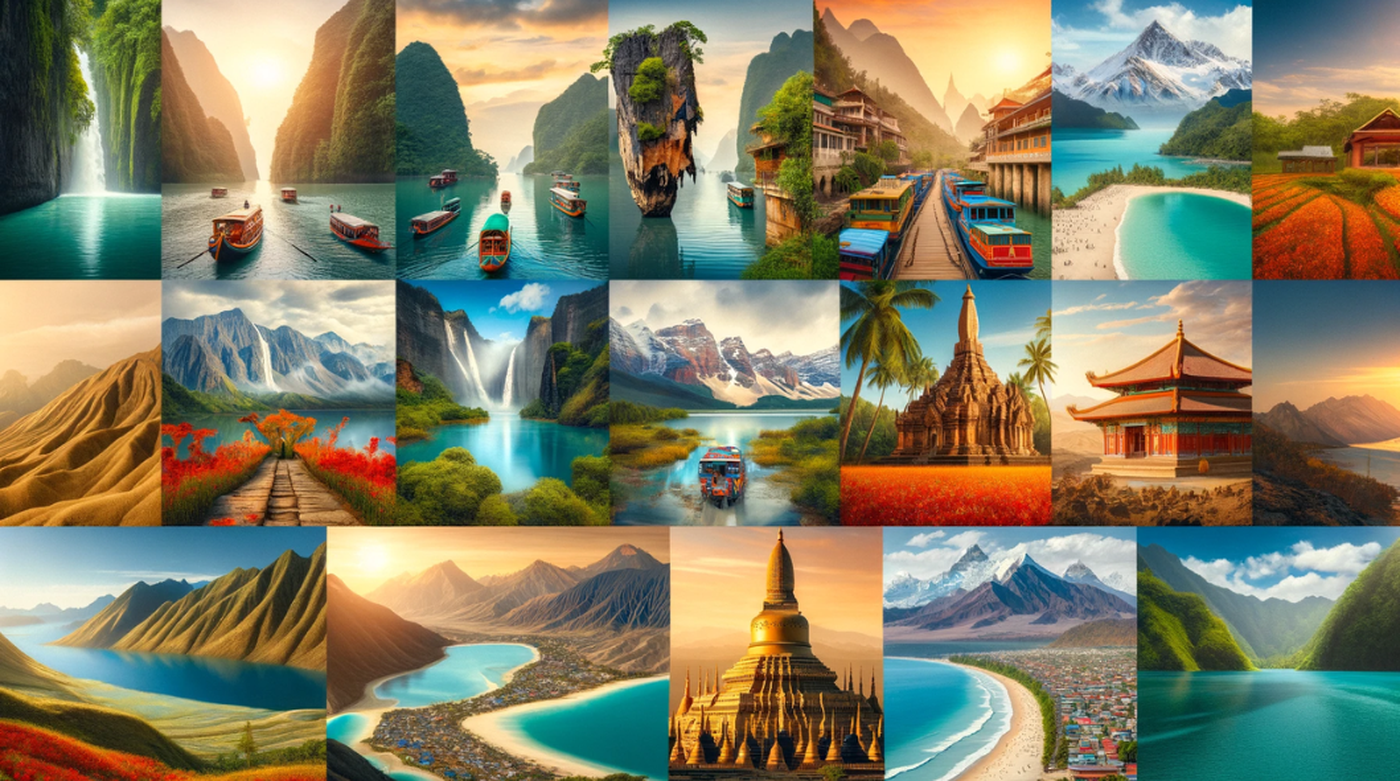Halong Bay, located in northeastern Vietnam, is a UNESCO World Heritage Site renowned for its emerald waters and thousands of towering limestone islands topped with rainforests. These karst formations create a dramatic seascape that can be explored by boat, offering opportunities for kayaking, cave exploration, and visits to floating fishing villages.
01. Kashmir, India
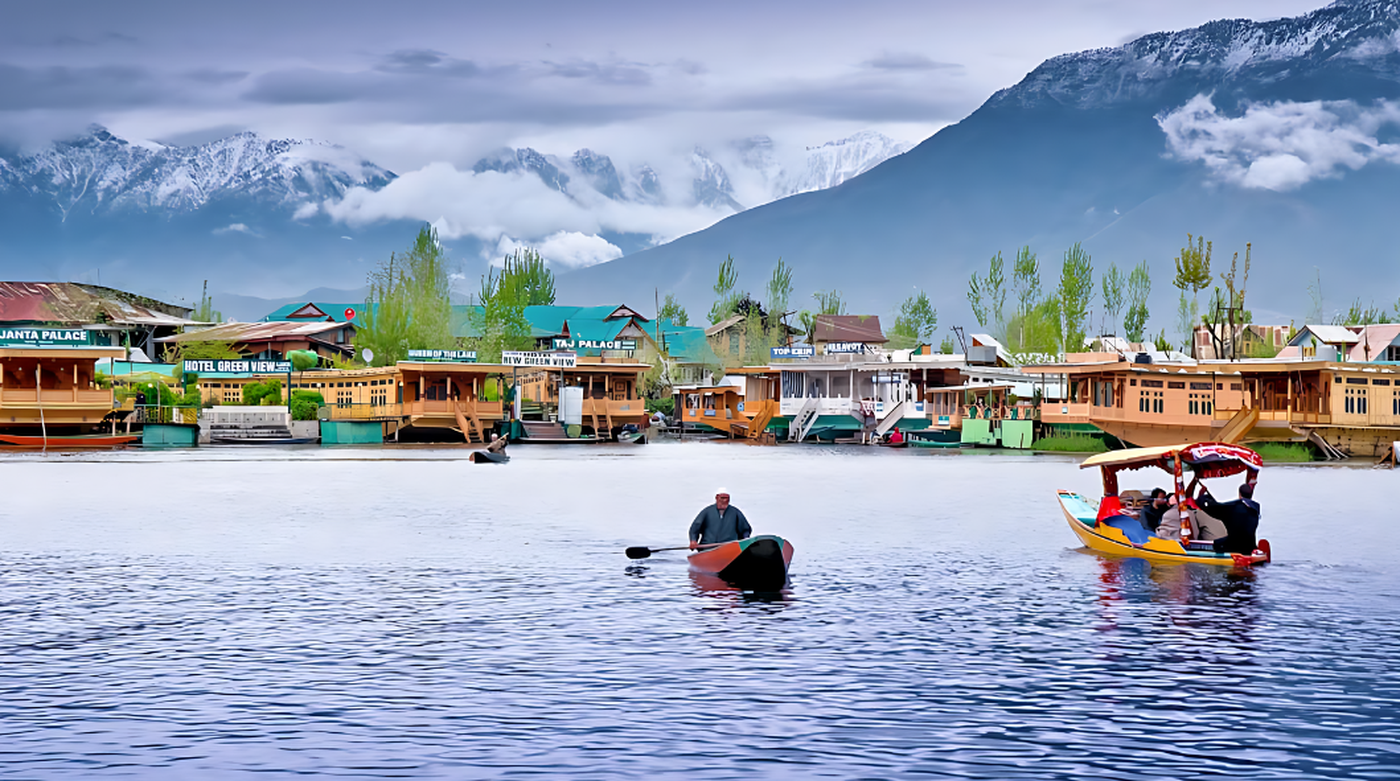
Kashmir, often called Paradise on Earth, is a place of stunning natural beauty. This region boasts lush green valleys surrounded by the majestic Himalayas, their snow-capped peaks reflecting in the crystal-clear waters of pristine lakes like Dal and Wular. The meadows of Gulmarg and Pahalgam, blanketed with vibrant flowers in spring and covered with a serene white sheet of snow in winter, offer picturesque views that seem straight out of a fairy tale.
02. Western Ghats, India
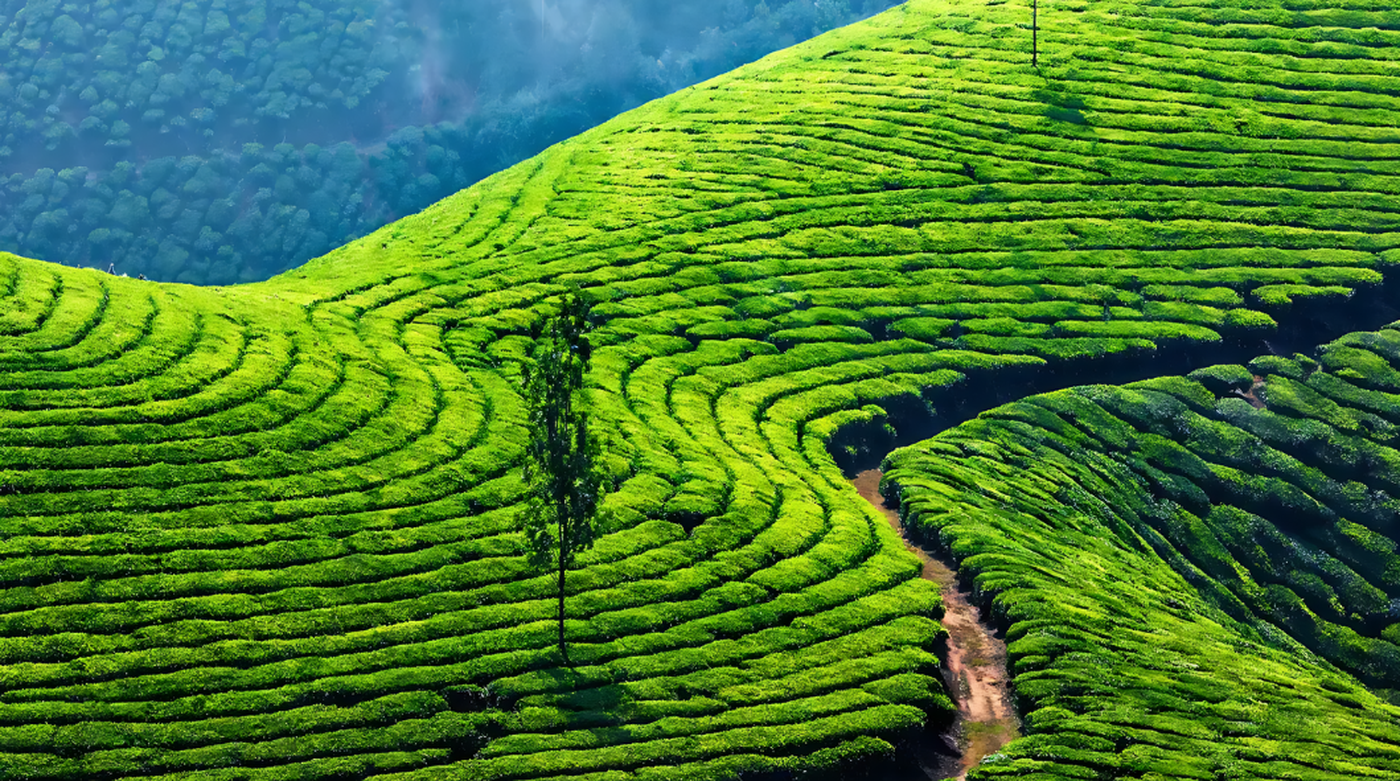
The Western Ghats is a testament to nature's beauty and biodiversity. The Ghats are punctuated with gorgeous waterfalls, serene rivers, and mist-laden peaks that offer breathtaking vistas. This UNESCO World Heritage site is a sanctuary for an astonishing array of flora and fauna, many of which are endemic to the region.
03. Bali, Indonesia
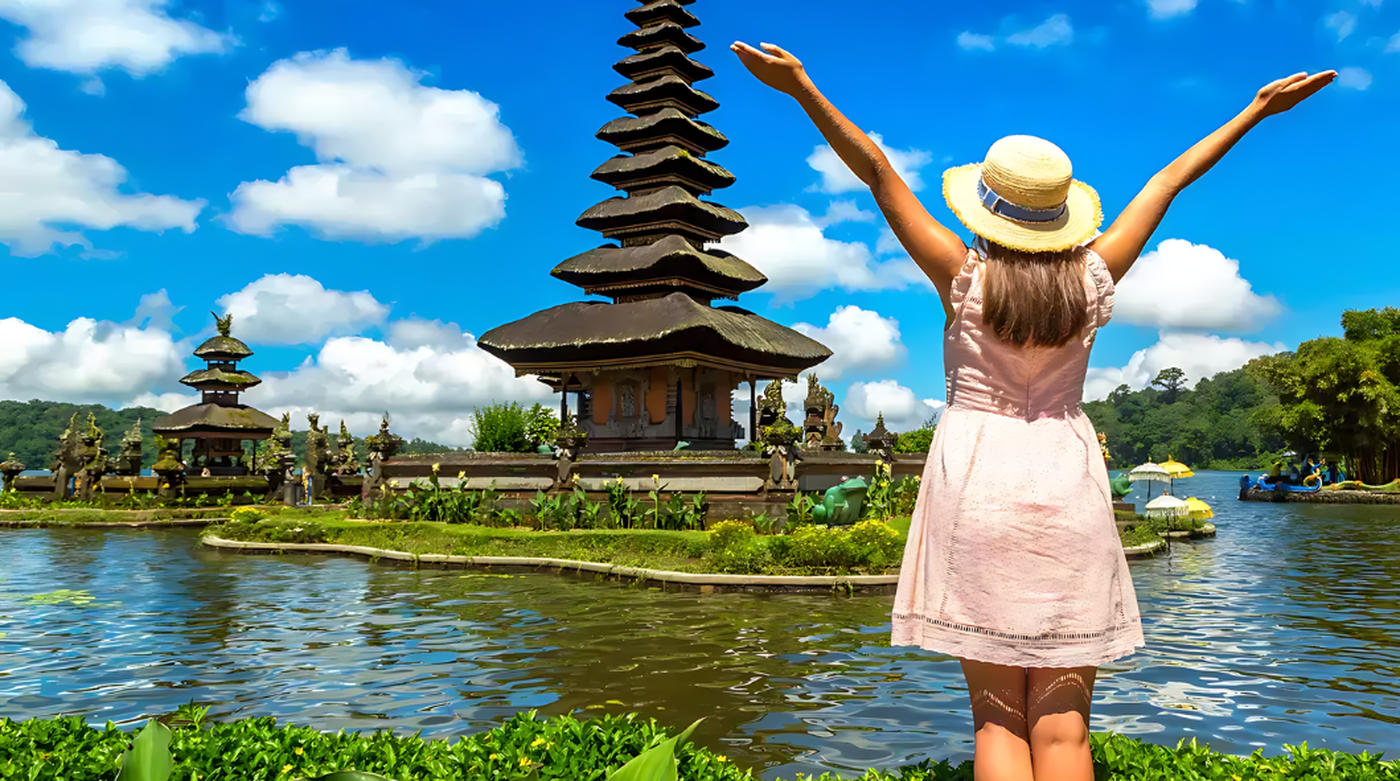
Bali, often referred to as the Island of the Gods, is renowned for its stunning beaches, lush rice terraces, and vibrant cultural scene. Bali's diverse landscape includes volcanic mountains, pristine jungles, and serene lakes, making it a paradise for outdoor enthusiasts.
04. Halong Bay, Vietnam
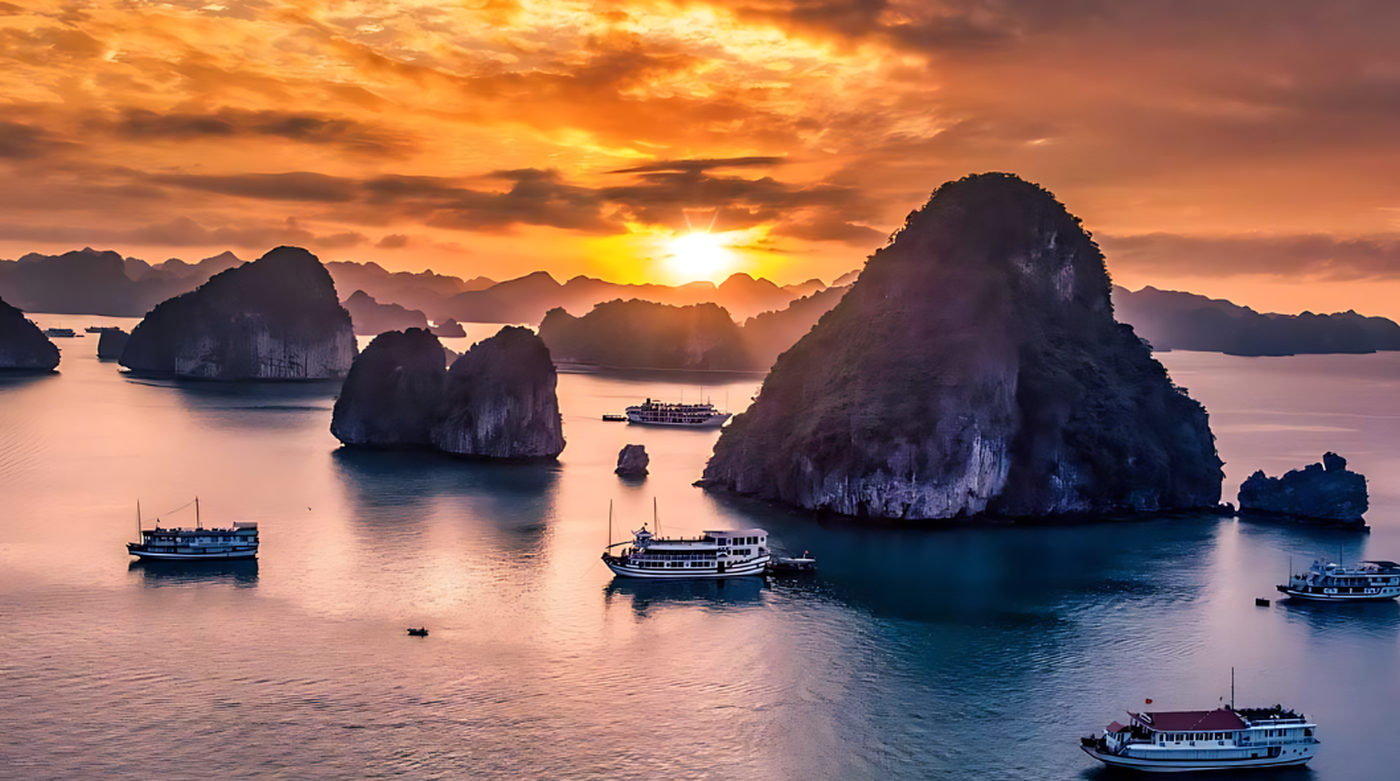
Halong Bay, located in northeastern Vietnam, is a UNESCO World Heritage Site renowned for its emerald waters and thousands of towering limestone islands topped with rainforests. These karst formations create a dramatic seascape that can be explored by boat, offering opportunities for kayaking, cave exploration, and visits to floating fishing villages.
05. Tianzi Mountain, China
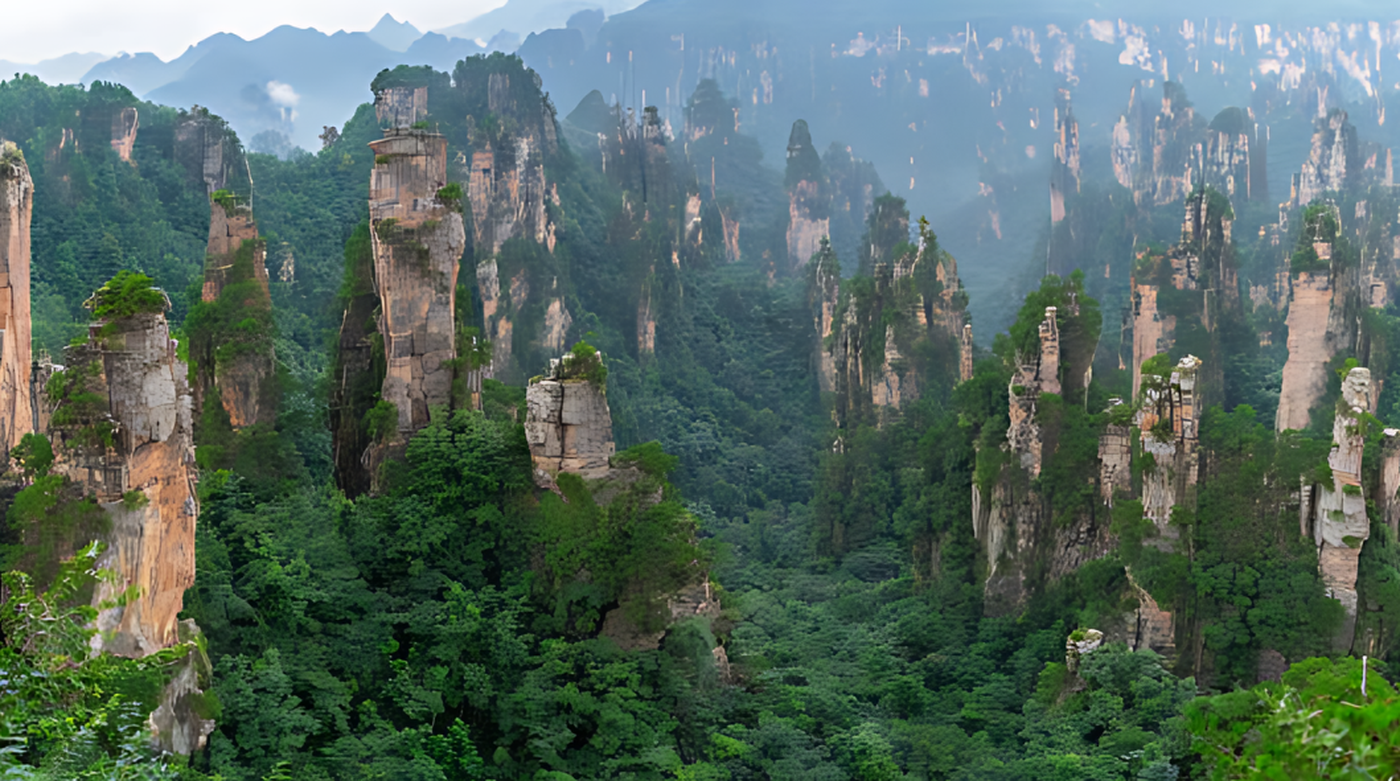
Tianzi Mountain, located in the Zhangjiajie National Forest Park in China’s Hunan Province, is a natural wonder that mesmerises with its surreal and ethereal beauty. The landscape is characterised by towering sandstone pillars that rise dramatically from the earth, creating a fantastical world that seems almost otherworldly. Often shrouded in mist, these pillars appear to float above the clouds, giving the impression of a mystical, floating mountain range.
06. Inle Lake, Myanmar

Inle Lake, nestled in the Shan Hills of Myanmar, is a serene and picturesque water body that will leave you speechless with its beauty. Floating gardens, meticulously cultivated by local farmers, dot the lake with vibrant patches of greenery, while leg-rowing fishermen are a unique sight to see.
07. Angkor Wat, Cambodia
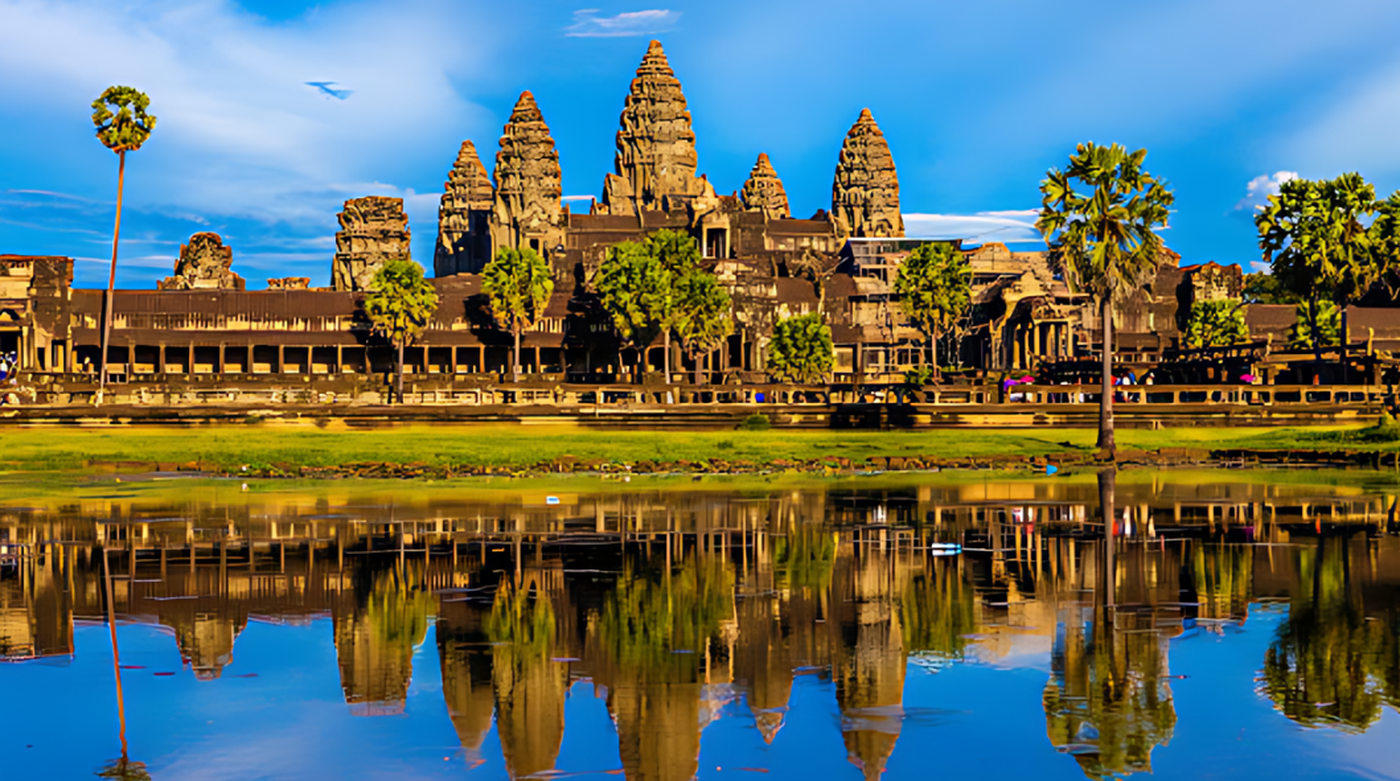
Angkor Wat, Cambodia
Angkor Wat, located in Siem Reap, Cambodia, is the largest religious monument in the world. Originally constructed in the early 12th century as a Hindu temple dedicated to Vishnu, it was later transformed into a Buddhist temple. The complex features a massive moat, grand entrances, and intricately carved bas-reliefs depicting Hindu epics. Angkor Wat is best experienced at sunrise.
08. Petra, Jordan
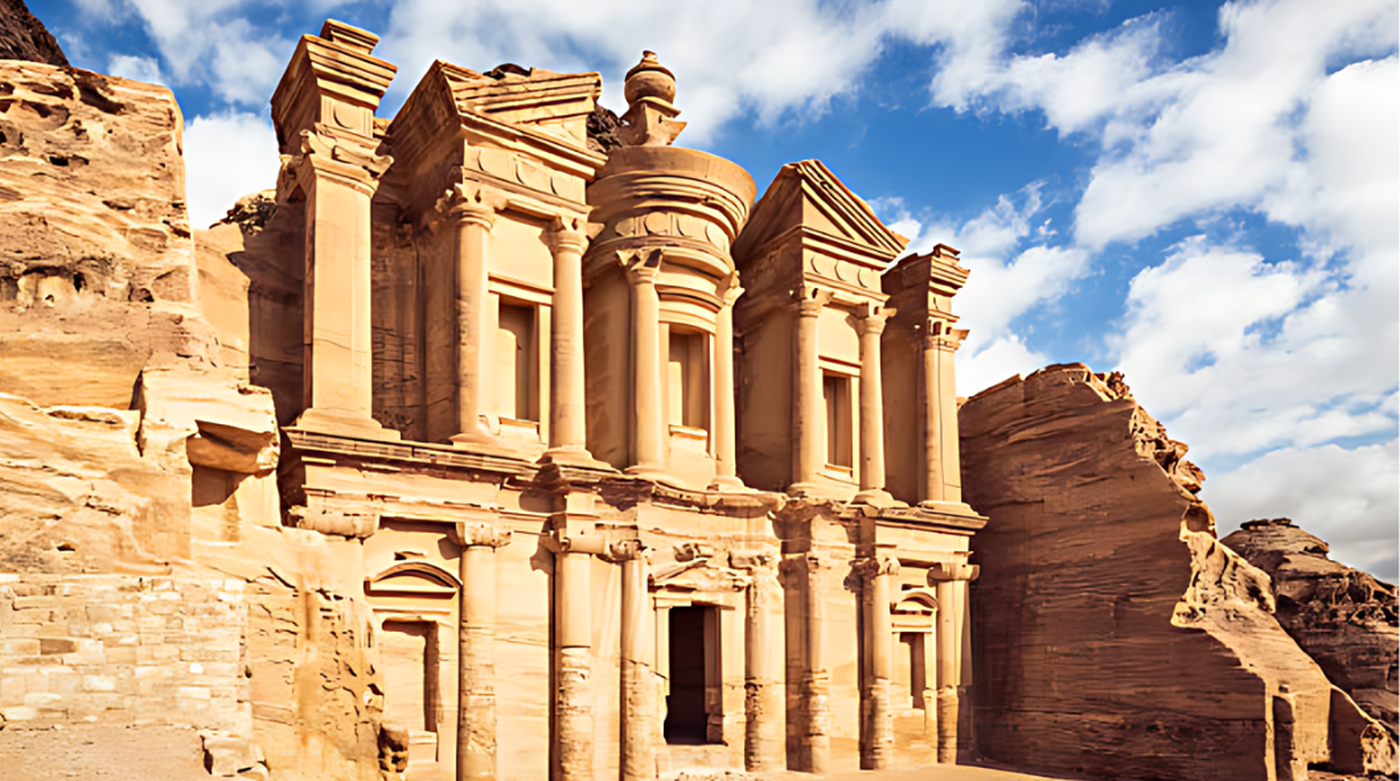
Petra is also known as the Rose City due to the colour of the stone from which it is carved. This ancient city, once a thriving trading hub, is famous for its rock-cut architecture and water conduit system. The Treasury (Al-Khazneh), viewed at the end of the narrow Siq gorge, is Petra's most iconic structure.
09. Namche Bazaar, Nepal
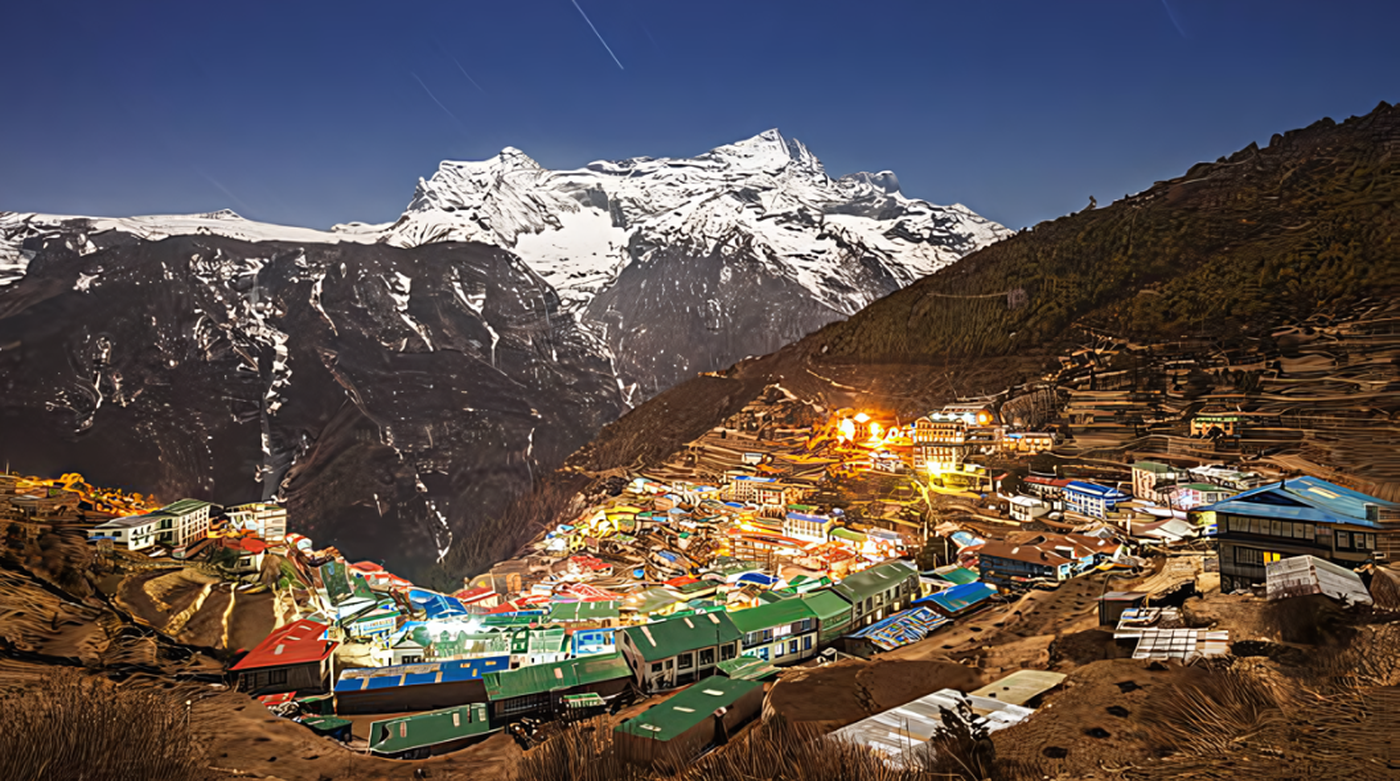
Namche Bazaar is the gateway to the Everest region. This picturesque town is nestled amidst the towering peaks of the Himalayas in Nepal. The town is a bustling activity hub, with colourful prayer flags fluttering in the mountain breeze and traditional Nepalese architecture adding to its quaint appeal. The views of the surrounding peaks, including the iconic Mount Everest, are breathtaking, especially during sunrise and sunset, when the golden hues bathe the landscape in a warm glow.

